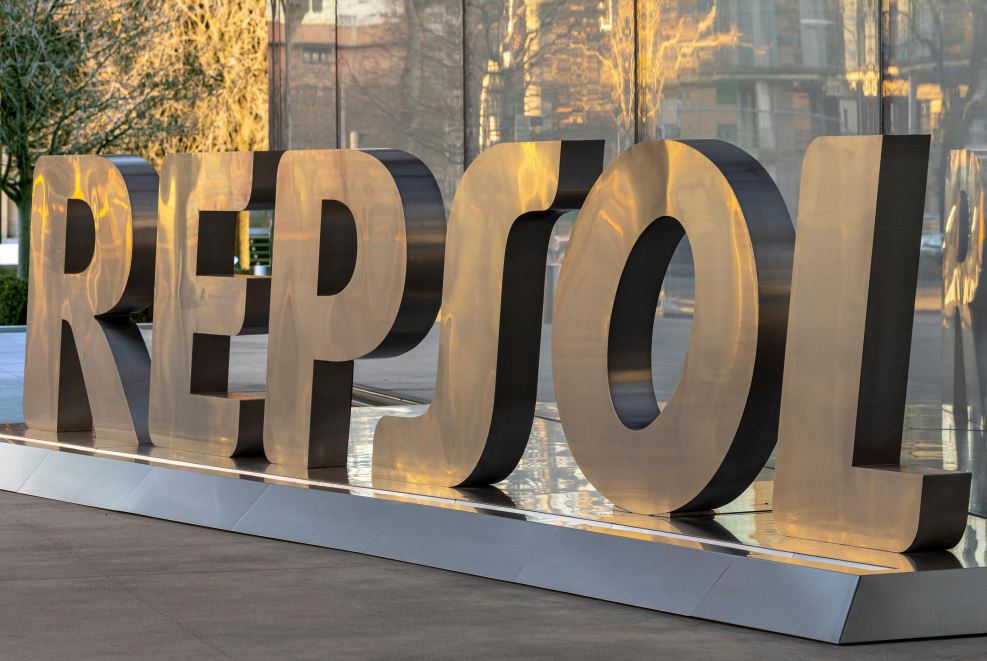Repsol, the Iberian Peninsula’s largest hydrogen producer at roughly 360,000 tones per year, has now approved the construction of a 100 MW renewable hydrogen facility at its Cartagena complex, backed by €155 million in Spanish government support.
The project—co-financed through the Important Projects of Common European Interest (IPCEI) scheme approved by Brussels in 2022—will require more than €300 million in total investment. Scheduled for commissioning in 2029, the electrolyzer is expected to produce up to 15,000 tones per year of green hydrogen, a volume equivalent to just 4% of Repsol’s current hydrogen production capacity.
This limited share underscores the structural challenge facing both Repsol and the wider European refining sector: substituting entrenched fossil-based hydrogen at meaningful scale. While the Cartagena unit represents one of Spain’s largest announced electrolyzer projects, its output will cover only a fraction of the company’s industrial demand for hydrogen-derived feedstocks used in fuels, plastics, and chemicals.
Repsol has framed the initiative as a first step in decarbonizing its industrial complexes, stating the Cartagena electrolyzer will be deployed as a feedstock substitution strategy to lower the carbon footprint of products such as fuels and petrochemicals. However, analysts note that the project’s timeline—spanning seven years from approval to operation—highlights persistent barriers around permitting, grid integration, and the scaling of electrolyzer manufacturing in Europe.
The project is being developed jointly with Enagás Renovable, which holds a 25% stake, reflecting a trend of collaboration between oil majors and gas transmission operators to mitigate technology and infrastructure risks. At 100 MW, the electrolyzer will be among the largest in southern Europe, but it also reveals the gap between announced capacity and what is required to align with EU decarbonization goals. According to the European Commission’s hydrogen strategy, the bloc targets 10 million tonnes of domestic renewable hydrogen production by 2030—a level that would require hundreds of projects at Cartagena’s scale.
For Repsol, the timing of the final investment decision (FID) was dictated as much by policy as by strategy. The company needed to secure FID in 2025 to qualify for the €155 million subsidy package, illustrating the decisive role of public funding in shaping the pace of industrial hydrogen deployment.
Stay updated on the latest in energy! Follow us on LinkedIn, Facebook, and X for real-time news and insights. Don’t miss out on exclusive interviews and webinars—subscribe to our YouTube channel today! Join our community and be part of the conversation shaping the future of energy.





